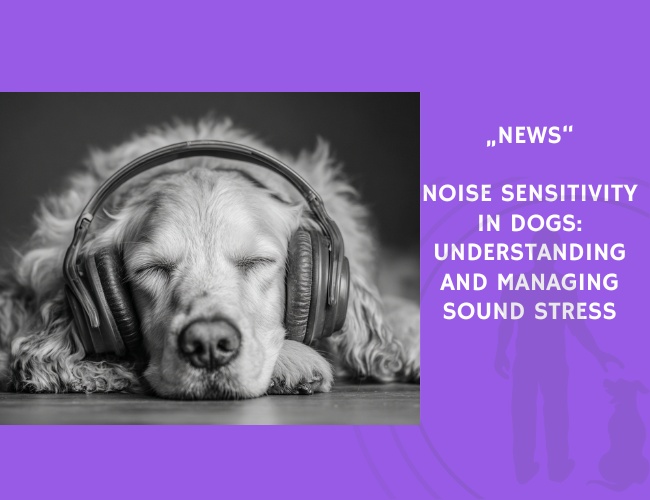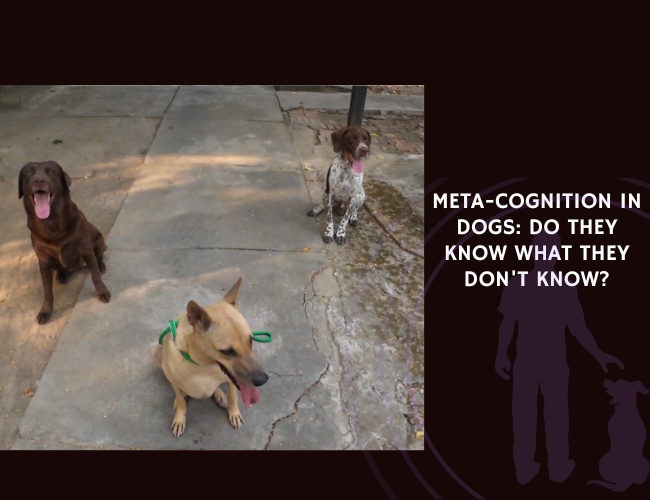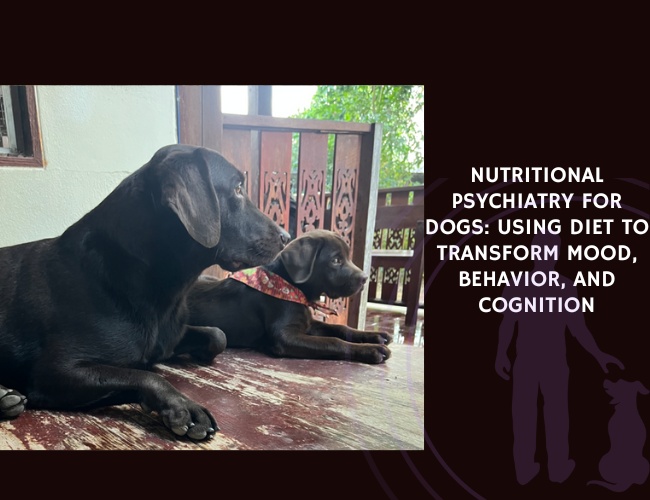In a 2023 review published in the International Journal of Bio-resource and Stress Management, researchers **R. Raghy, N. Jacob, and J. Tamizhkumaran** examined how **noise affects canine welfare**, focusing on the physiological and behavioral reactions dogs have to loud or startling sounds. This review synthesizes findings across dozens of studies to shed light on an increasingly relevant issue for dog owners and veterinarians alike.
Dogs are highly sensitive to sound, and excessive exposure to loud noises can trigger **fear responses ranging from mild anxiety to full-blown phobic panic**. The authors report that **older dogs** tend to show **increased emotional reactivity**, while **some breeds are genetically less prone to noise sensitivity**. Trauma—whether acute or repeated—can also set the stage for lasting noise phobias.
Canine reactions vary from **pacing, panting, and hiding** to **destructive behavior and vocalization**. Sudden, high-intensity sounds such as **gunshots or fireworks** are among the most common triggers. Notably, the review also addresses **positive auditory interventions**, including the **beneficial effect of certain types of music** and the importance of controlled noise exposure for **desensitization training**.
Understanding these triggers and the **biology of canine hearing** is essential for improving behavioral welfare. The review concludes that effective noise mitigation and fear-reduction strategies—like environmental modification and early socialization—can significantly enhance **canine quality of life**.
Source: R. Raghy, N. Jacob, J. Tamizhkumaran. Published in the International Journal of Bio-resource and Stress Management on May 27, 2023.










